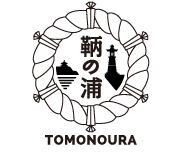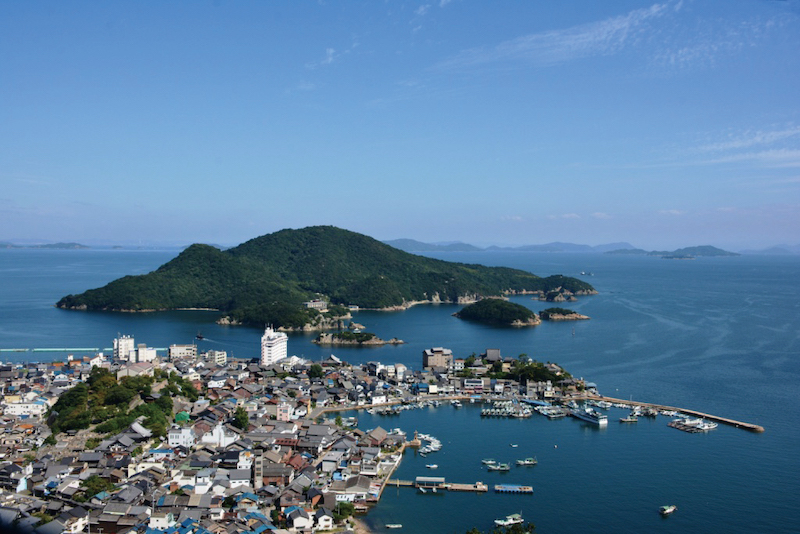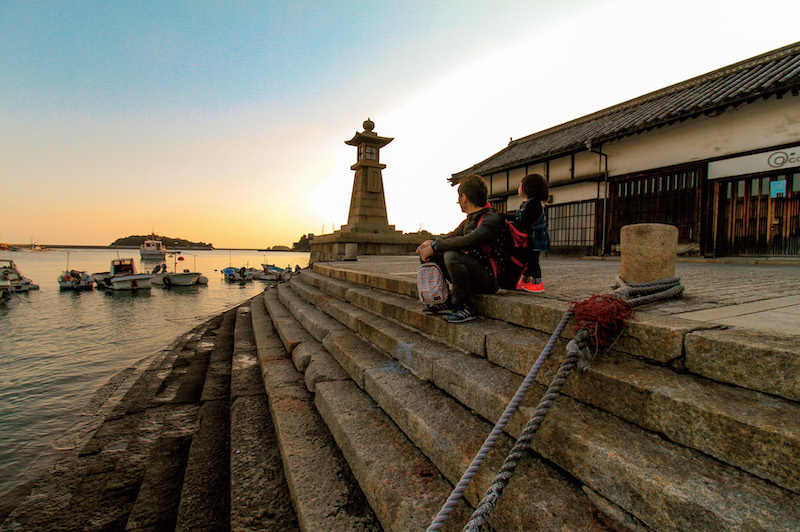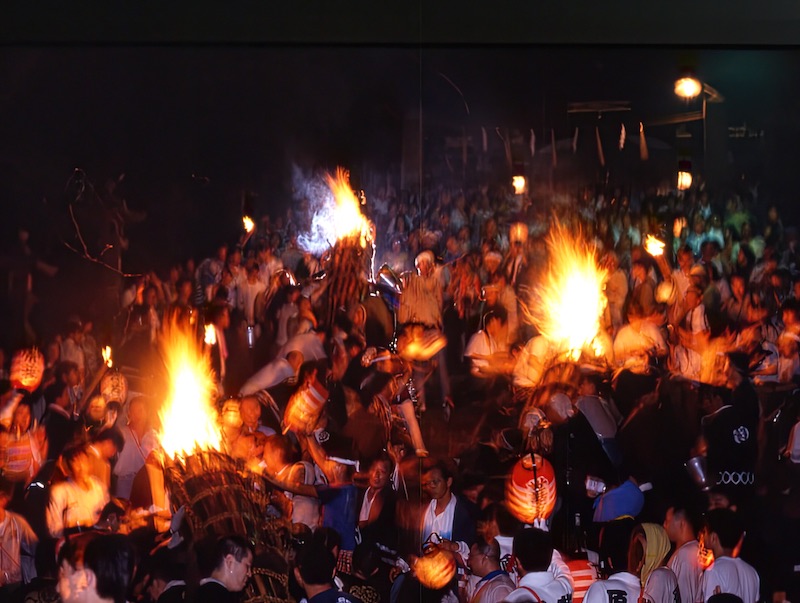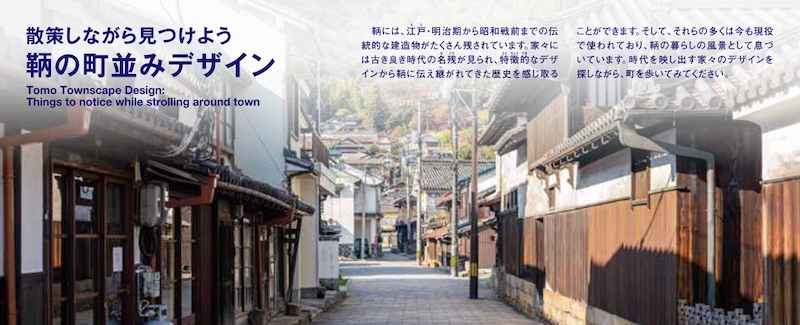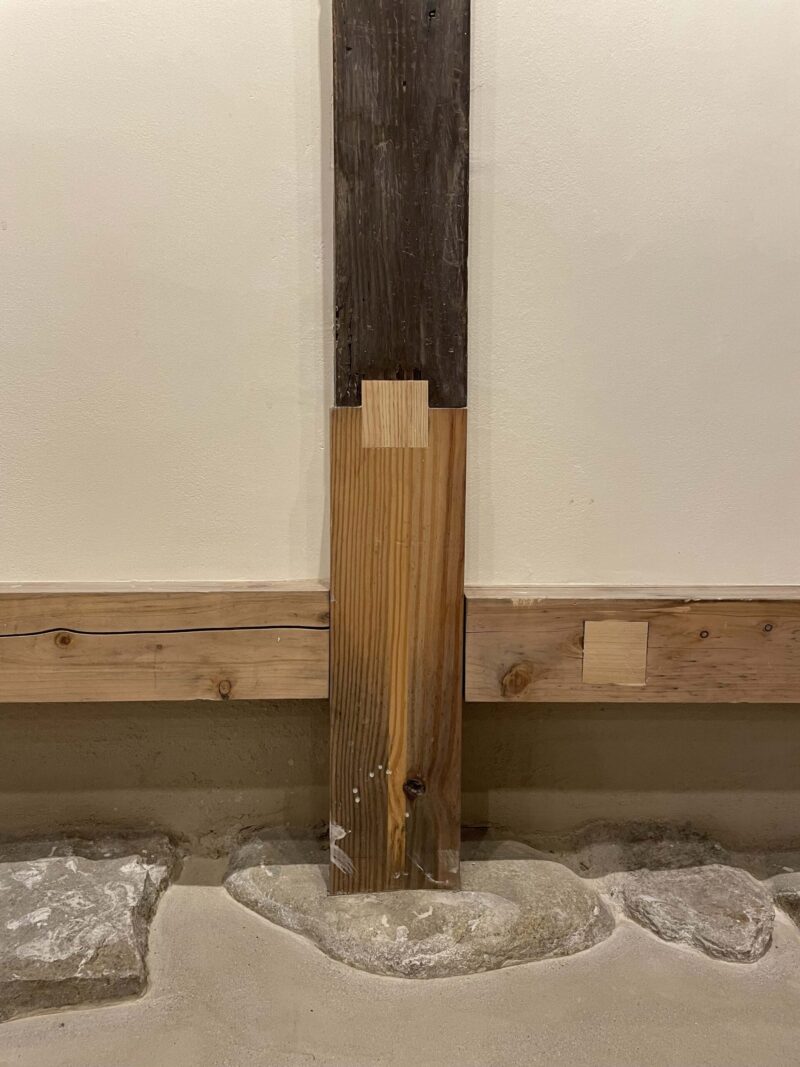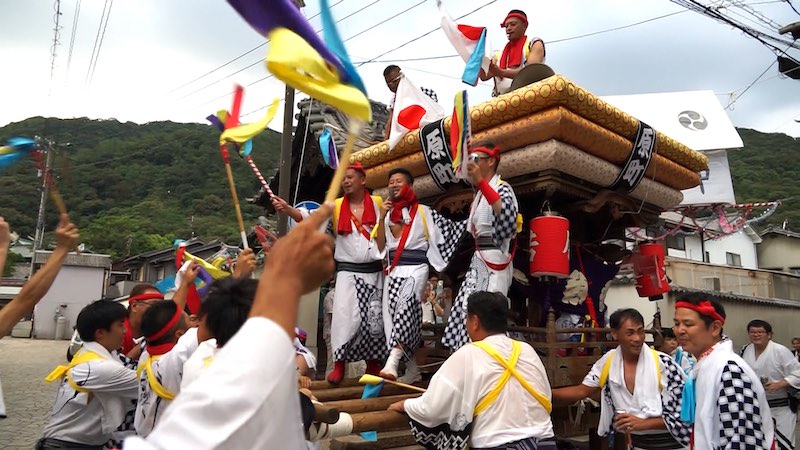Chōsai, also known as a futon-daiko or mikoshi-daiko
Chōsai are also known as “futon-daiko” because three decorated futon are stacked atop them, and a taiko drum is placed atop those. They are also called “mikoshi-daiko” because they resemble mikoshi portable shrines…
The “ato-matsuri” festival is also called “chōsai.”
Welcoming the Chōsai with festively decorated eaves
In the town designated to host the autumn festival, the houses are decorated with a combination of paper lanterns and umbrellas. Curtains are hung up, while pine decorations and picture lanterns adorn the eaves. Also, the streets of the town are decorated with folding screens and paper-framed lamps on which life-size figures are drawn, creating a gorgeously captivating scene.
Telling a tale of the town that once was Waterways
The remains of an old stone waterway were discovered while making repairs to a building bordering a prefectural road. This waterway now runs beneath the building, but when it was installed it would have been alongside where the prefectural road once ran, leading to the belief that the northern side of this waterway was the boundary line of this site.
A vestige of the merchant houses of yore
Buchō shutters
It was common for merchant houses to install latticed shutters, called “buchō” shutters, on their first floor, flipping up the suspended top half during the day, and removing the lower half to open up the front of the house. In Tomo, a neko-yoke (lit. “cat repellent”) lattice was installed on the outside of the lower half of the buchō shutters, giving it a truly port town feel.
